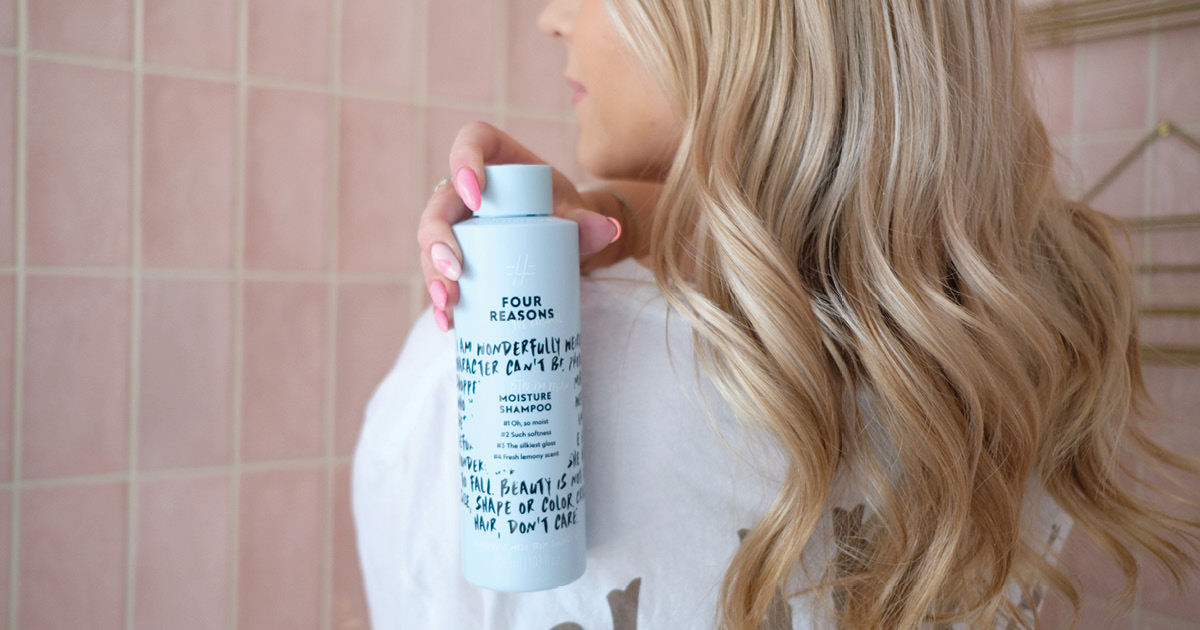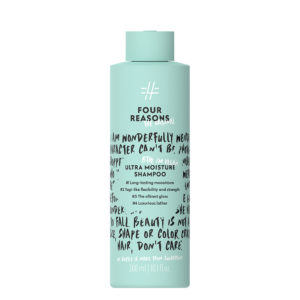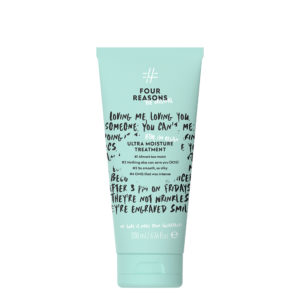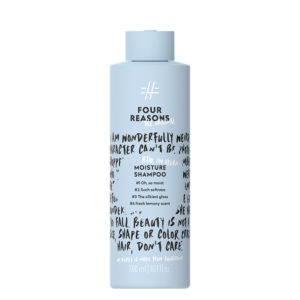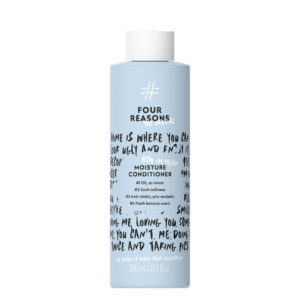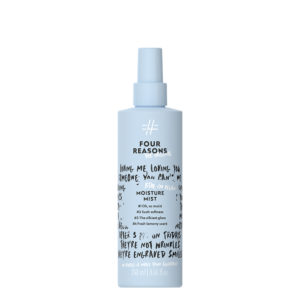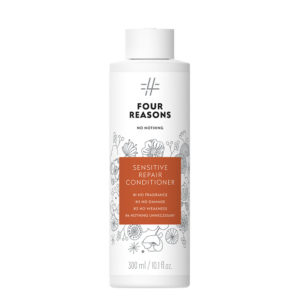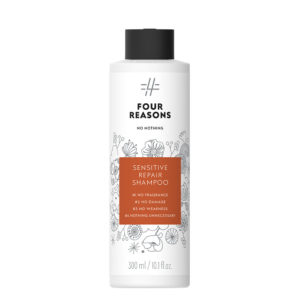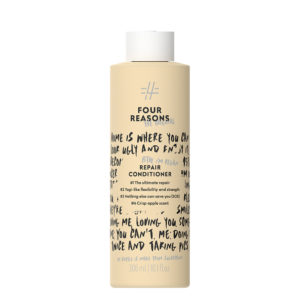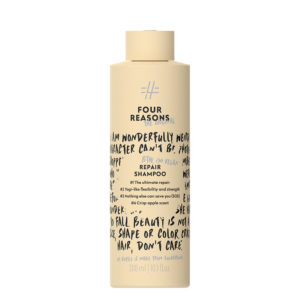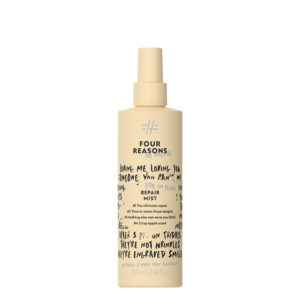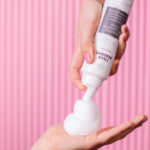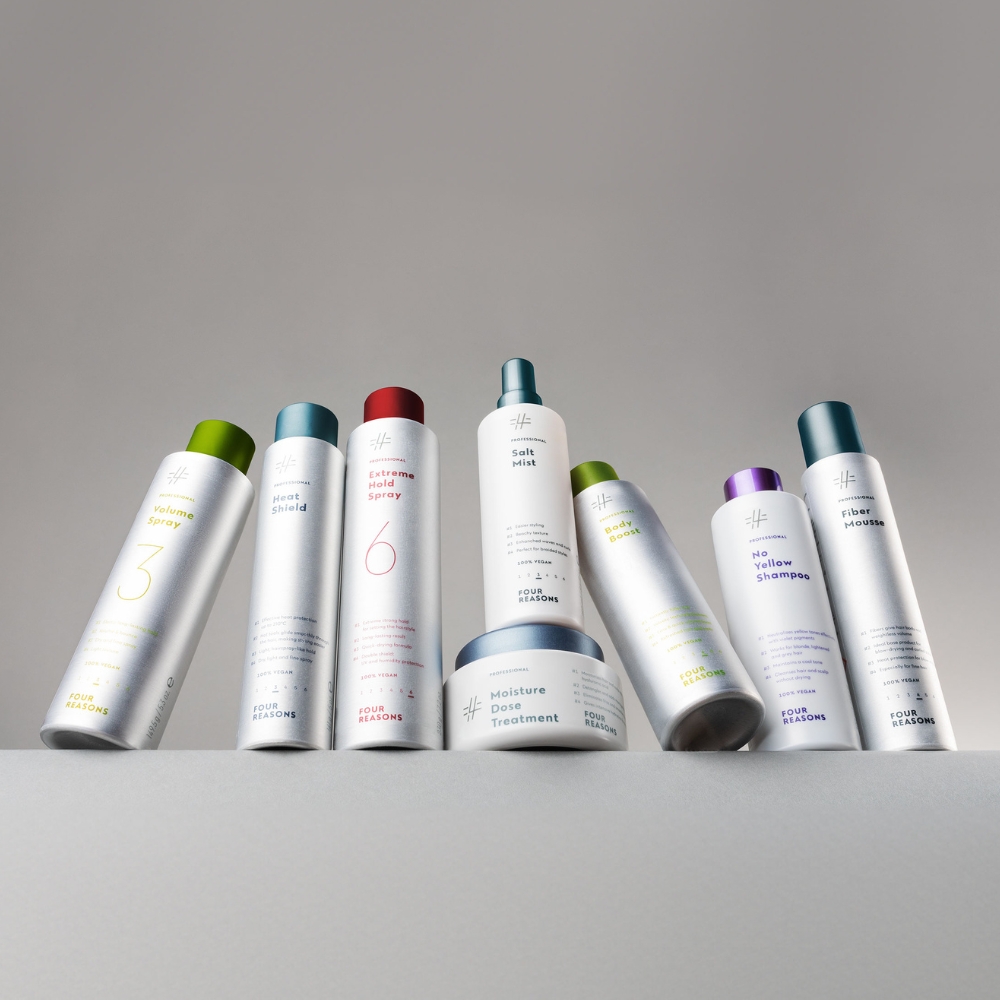It’s vital to be able to identify your clients’ specific hair needs accurately. Understanding whether their hair requires moisturizing or structural repair is crucial for providing effective and tailored solutions. By recognizing the enemy, you’ll be better equipped to address your clients’ concerns and help them achieve their desired hair goals.
Identifying the Need for Moisturizing
- Dryness and Brittle Texture: Dry and brittle hair is a clear indication that moisture is lacking. When hair lacks moisture, it becomes more prone to breakage and split ends. Look for dullness, frizz, and an overall lack of luster, as these are common signs of dehydrated hair.
- Itchy or Flaky Scalp: An itchy or flaky scalp often indicates dryness. Dry scalp can lead to discomfort and dandruff. Educate your clients about the importance of maintaining a healthy scalp to promote overall hair health.
- Tangles and Lack of Manageability: Moisture-deficient hair tends to tangle easily and becomes difficult to manage. If your clients frequently struggle with combing or styling their hair due to tangles, it’s a sign that moisture is needed to restore its elasticity and smoothness.
- During consultations, take the time to thoroughly assess their hair condition, paying close attention to the factors mentioned above. Encourage open communication, allowing clients to express their concerns and expectations regarding their hair.
Pro tip: When recommending moisturizing products, emphasize the importance of incorporating hydrating shampoos, conditioners, and treatments into their hair care routine. Suggest products that contain nourishing ingredients like argan oil, shea butter, or aloe vera to restore moisture balance effectively. You need to build moisture into the hair over time. Regular shampooing and conditioning supported by a weekly deep conditioner for damaged, dry hair is the most effective way of tackling the damage. Hair needs regular moisture to smooth and strengthen the cuticle.
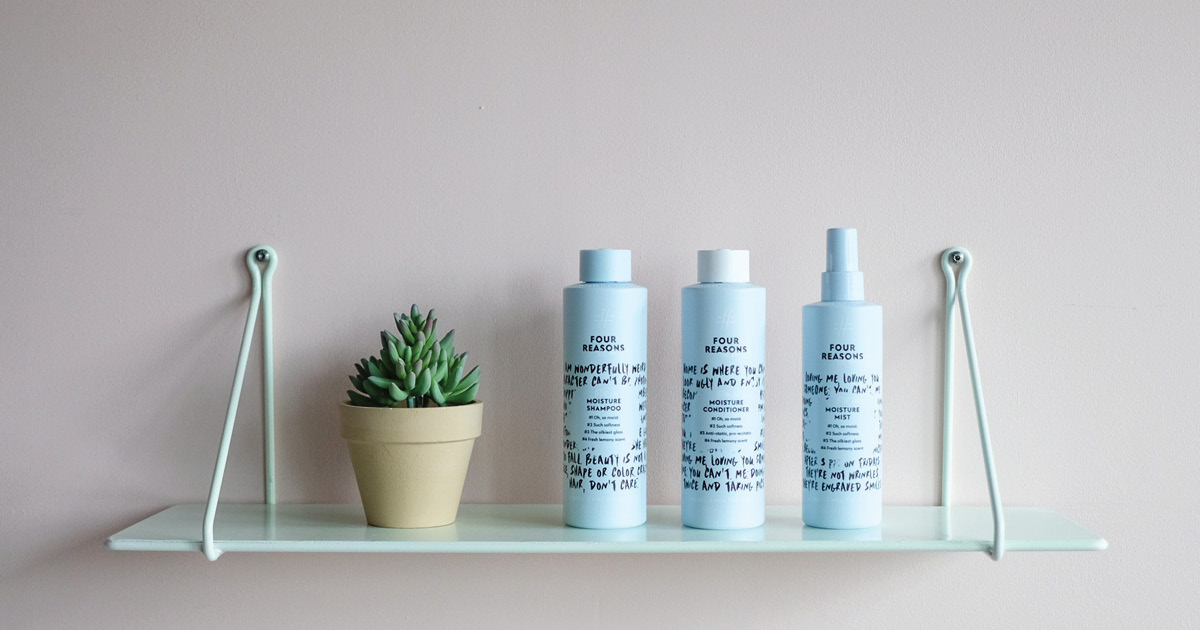
Here’s what you need to try:
Silky moisture
Four Reasons Professional Silky Moisture Shampoo
Four Reasons Professional Silky Moisture Conditioner
Four Reasons Professional Silky Moisture Shot
Ultra moisture
Four Reasons Original Ultra Moisture Shampoo
Four Reasons Original Ultra Moisture Conditioner
Four Reasons Original Ultra Moisture Treatment
Original moisture
Four Reasons Original Moisture Shampoo
Four Reasons Original Moisture Conditioner
Four Reasons Original Moisture Mist
Identifying the Need for Structural Repair
- Split Ends and Frayed Hair: Split ends are a clear indication of hair that requires structural repair. Look for frayed ends that appear rough and uneven. Regular use of heat styling tools, chemical treatments, or exposure to environmental damage can weaken the hair’s structure over time.
- Breakage and Weakness: Hair that breaks easily and lacks strength often needs structural repair. If your clients complain of excessive hair fall or find strands of hair left behind on brushes or pillows, it’s crucial to address these concerns promptly.
- Lack of Elasticity: Healthy hair should have some level of elasticity, allowing it to stretch without breaking. If your clients’ hair lacks this bounce-back quality and feels brittle and rigid, it’s a sign that structural repair is required to restore its strength and flexibility.
Pro tip: To address structural repair needs, recommend products that focus on strengthening and fortifying the hair. Look for shampoos, conditioners, and treatments enriched with ingredients such as keratin, biotin, or protein. These ingredients can help rebuild the hair’s structure, reduce breakage, and promote healthier, more resilient strands. Additionally, advise them on proper brushing techniques and the use of wide-toothed combs to minimize hair breakage.

Here’s what you need to try:
Damage control
Four Reasons Damage Control Shampoo
Four Reasons Damage Control Conditioner
Repair
Four Reasons Original Repair Shampoo
Four Reasons Original Repair Conditioner
Four Reasons Original Repair Mist
Sensitive repair
